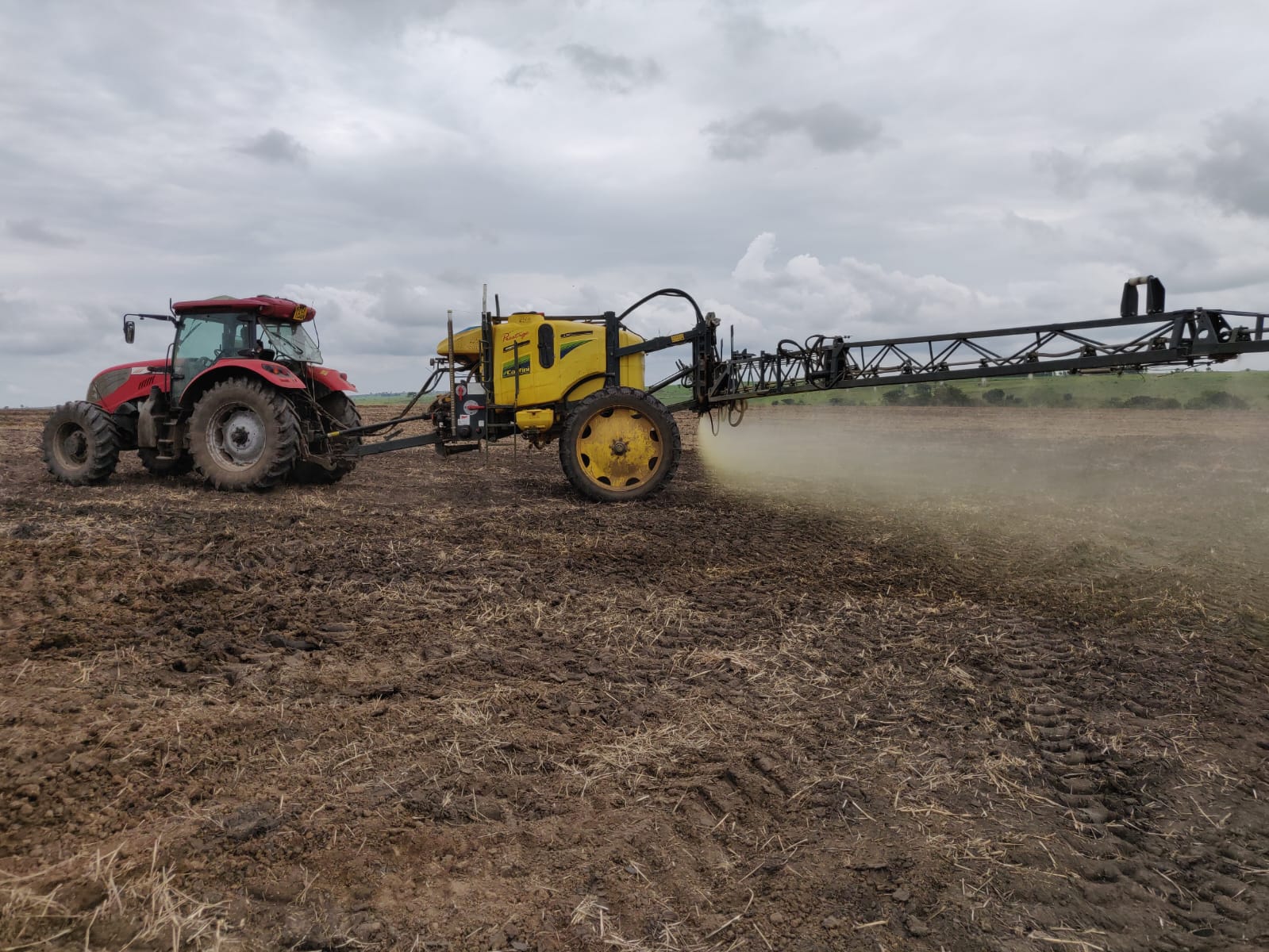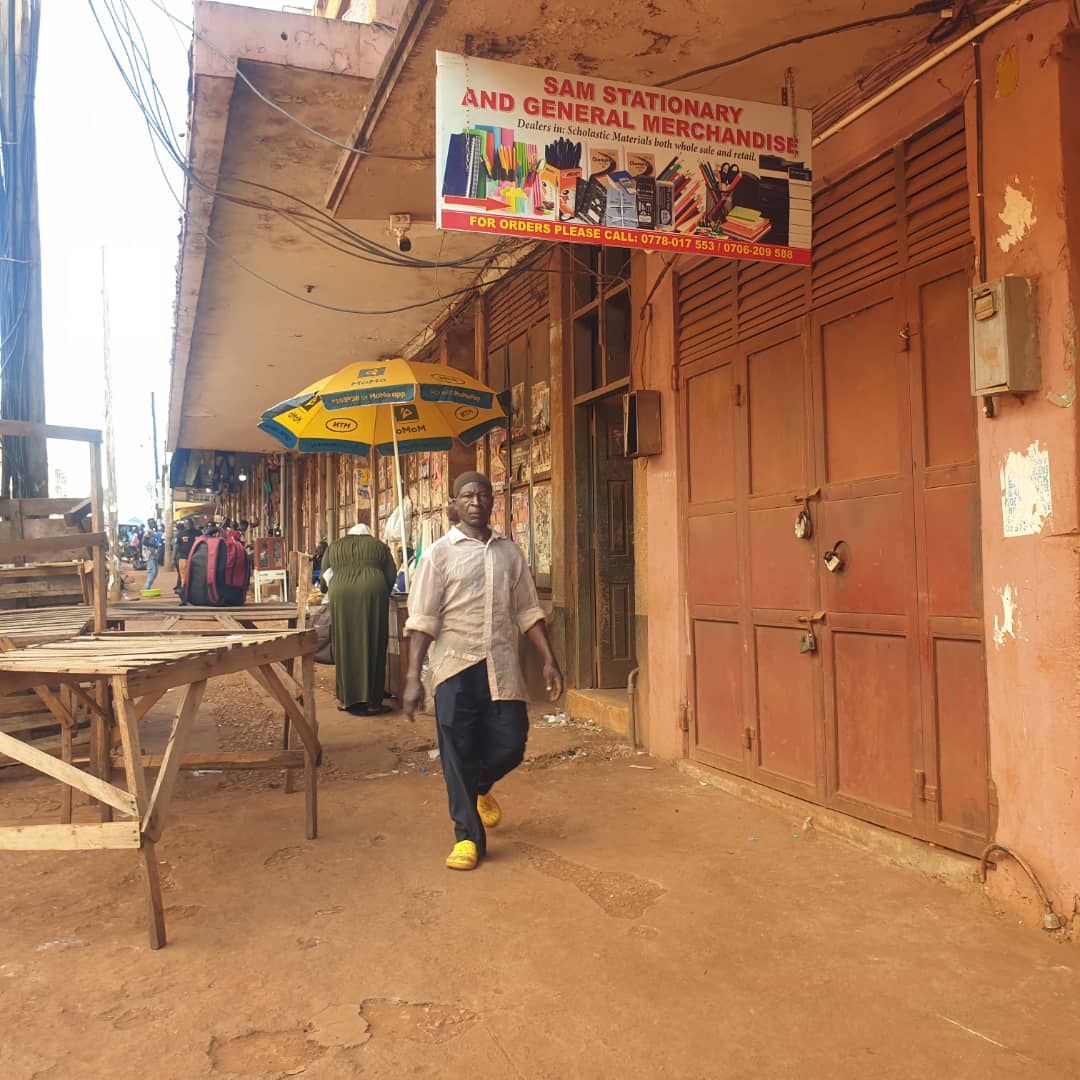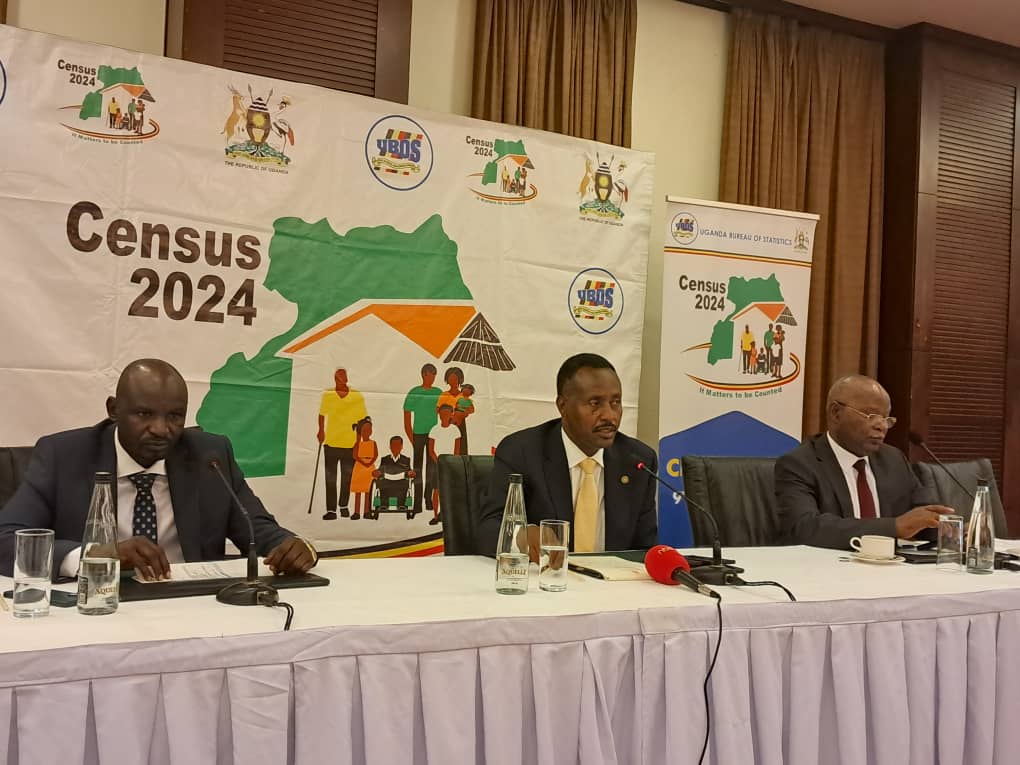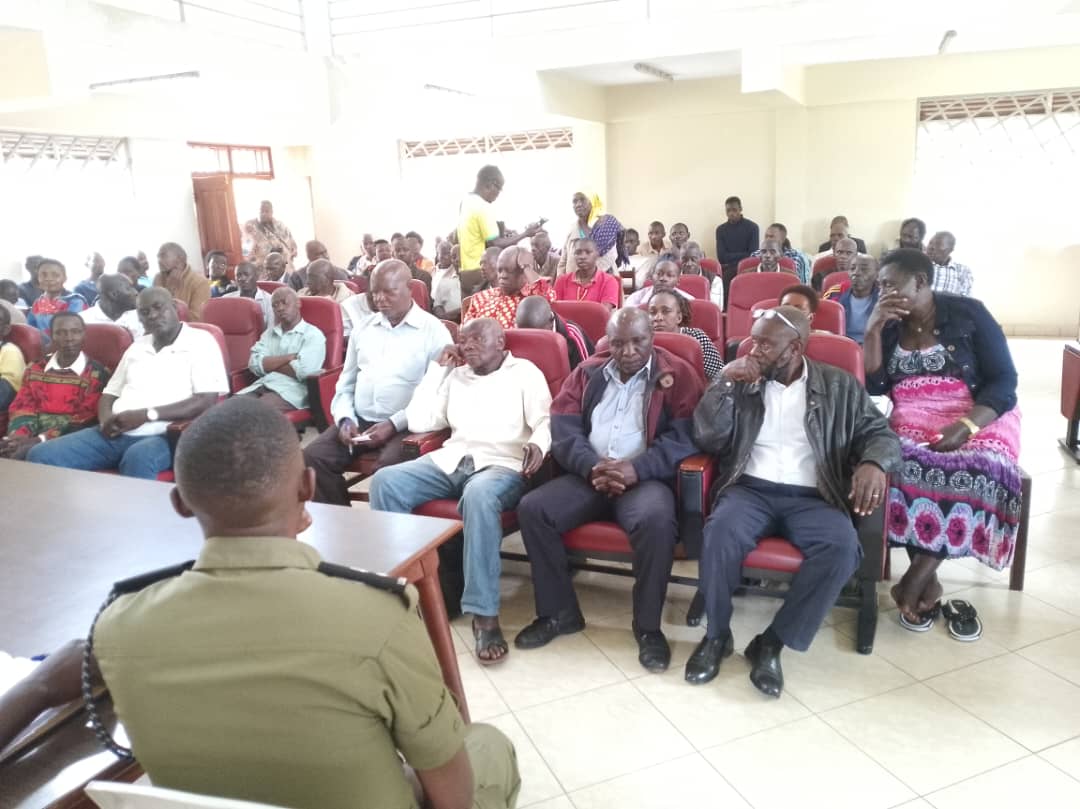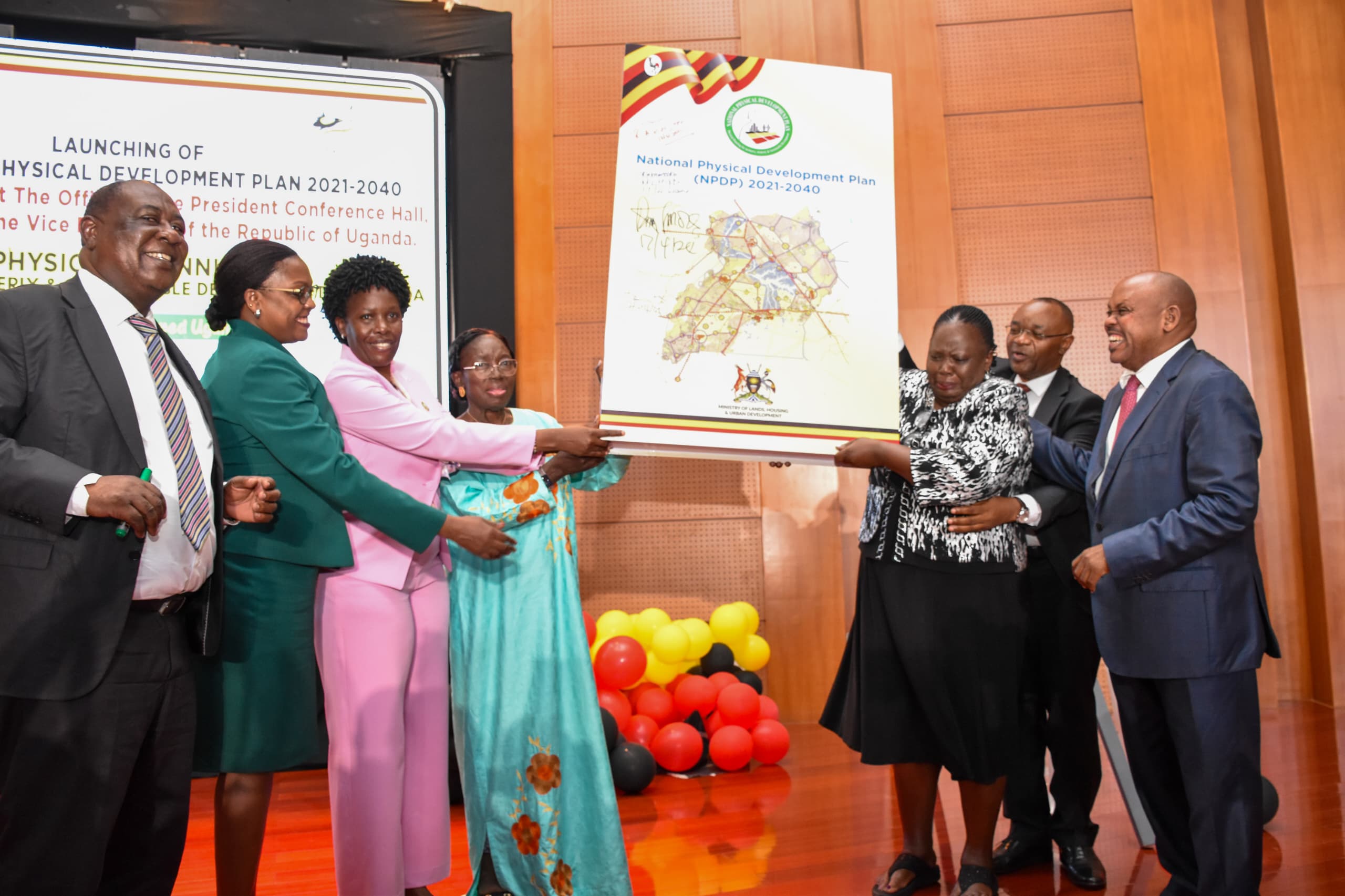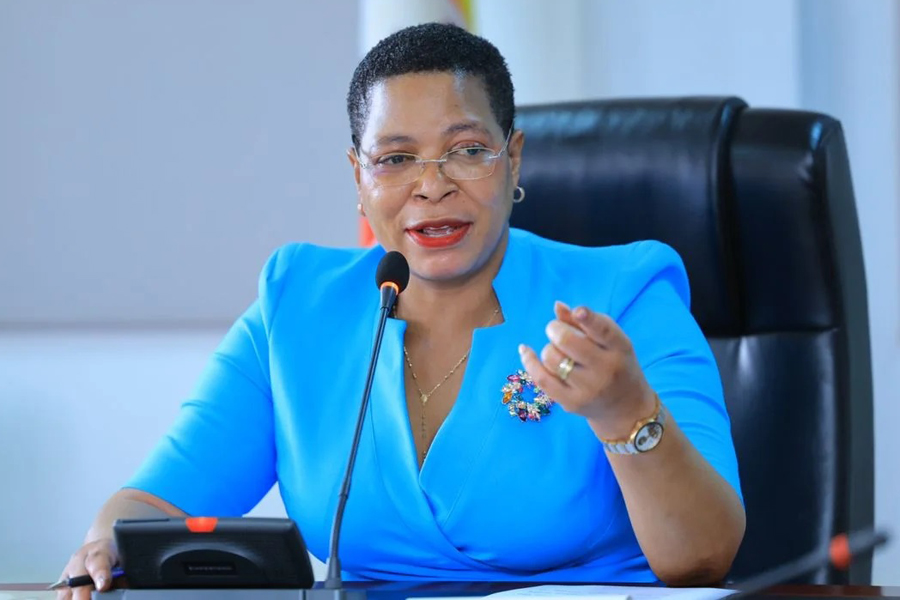 Arans Tabaruka
Arans Tabaruka
During the NEMA/ESIA public hearing on Monday in Buliisa, the conveners and guests burst out in laughter (LOL) after a section of the community under the Albertine region Land Platform proposed that there were too many roads planned in the Tilenga Oil Project. You could see the irony in the outburst because the point had been driven.
Keep Reading
The query in my view was that there were many community roads in the already frail region with likely effects on people and the ecosystem. But to the benefit of the oil companies and contractors who are setting up these roads for easy access to different construction, accommodation and delivery points of the business park it’s a given.
The huge question though is who benefits in these mini community road constructions in the long run amidst the outrage compensation concerns, habitant terrestrial wild life destruction especially outside the game and outcry of the climate change.
An ordinary Uganda road construction on average could cost $750,000 to build a km of a tarmac depending on terrain (UNRA) but the best calculation is in regard to who wins the contract to construct the more than 34 roads in one village where uncertainty over livelihoods, livestock hangs in balance facing displacement. After all Buliisa is still grappling with all other social amenities.
The community concerned, proposed this volume of infrastructure was not in vain they had averred well on whether the proposal was cost effective. A few roads would still serve the purpose and salvage the environment and cost benefit to the livelihood of the people.
There is extravagancy in the design of railway lines, roads, airports, staff accommodation escalate the impact of the project on the environment and people.
Later on you would wonder whether several of these concerns like the poor air quality that is the unseen catastrophe to communities would be catered for; Innocent Tumwebaze a community member who benefited in the recent resettlement of communities for Kabaale international airport and refinery was spot on how pollutants in the air (dust, particulate matter, aerosols among others) and many other micro climate effects were already a potential threat in Kyakaboga in terms of causing acidic rains that in turn affect aquatic life (fisheries), agriculture (reduced yield) and soils (soil fertility) and even death but they laughed and continued to laugh. But the question in my mind was are these not silent features of global warming known well to these technocrat business moguls who still pretend the oil and gas will benefit the communities.
Well there will be health issues, potential concentration of community needs rights will be negated affecting the enjoyment of rights escalating catastrophes related to climate change which directly impact will only be felt by the communities.
There is no doubt that ESIA will be reviewed to reduce the number of proposed infrastructure roads, airports, staff accommodation and demonstrate cost effectiveness. For example limit roads to upgrades of existing marrum roads and tourism roads where they will pay access fees.
Arans Tabaruka
Civic Response on Environment and Development


